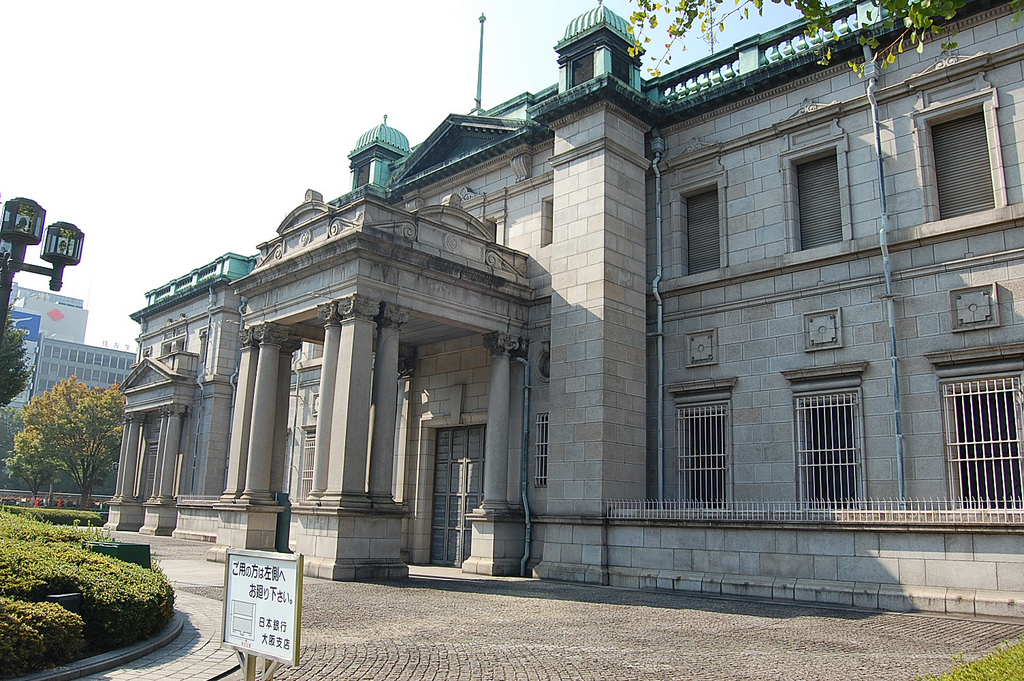Revised data showed that Japan's economy has avoided another technical recession; real GDP grew by 0.3% q/q (+1.7% y/y) in Q3, following a 0.1% q/q contraction (+0.7% y/y) in the April-June period. However, economic performance remains subdued despite government's enduring efforts.
In mid-December 2015, Japan's Cabinet approved a ¥3.5 trillion additional spending package for the ongoing fiscal year (April-March), which is likely provide short-term support to the economy. An ultra-accommodative monetary policy stance will remain in place for the foreseeable future. Monetary authorities are confident that BoJ's price stability target of 2% y/y will be achieved with the help of the current asset purchase program, which is set to increase the monetary base by ¥80 trillion annually.
"According to policymakers' estimates, inflation will reach the target between October 2016 and March 2017. However, in our view price pressures will remain more muted until April 2017 when the second hike in the consumption tax rate (from 8% to 10%) will temporarily lift inflation. Headline inflation remained low at 0.3% y/y in November, though core inflation - excluding food and energy - has picked up to 0.9% y/y. We expect the headline rate to accelerate gradually to 1.0% by the end of 2016," notes Scotiabank in a research note to clients.



 Japan’s Finance Minister Signals Alignment With BOJ as Rate Hike Speculation Grows
Japan’s Finance Minister Signals Alignment With BOJ as Rate Hike Speculation Grows  BOJ’s Kazuo Ueda Signals Potential Interest Rate Hike as Economic Outlook Improves
BOJ’s Kazuo Ueda Signals Potential Interest Rate Hike as Economic Outlook Improves  RBI Cuts Repo Rate to 5.25% as Inflation Cools and Growth Outlook Strengthens
RBI Cuts Repo Rate to 5.25% as Inflation Cools and Growth Outlook Strengthens  Best Gold Stocks to Buy Now: AABB, GOLD, GDX
Best Gold Stocks to Buy Now: AABB, GOLD, GDX  Gold Prices Fall Amid Rate Jitters; Copper Steady as China Stimulus Eyed
Gold Prices Fall Amid Rate Jitters; Copper Steady as China Stimulus Eyed  Bank of Korea Holds Interest Rates Steady as Weak Won Limits Policy Flexibility
Bank of Korea Holds Interest Rates Steady as Weak Won Limits Policy Flexibility 




























